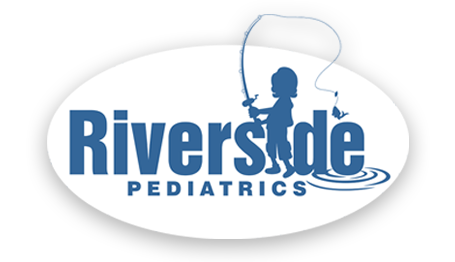ICD10
-
F84.0
What are seizures?
Seizures are caused by an attack of too much activity in the brain. A child who has a seizure may lose consciousness (black out) for a short time; shake strongly all over his body; have unusual, repeated body movements; have "drop attacks"; have seizures in his sleep; or stare blankly into space.
What is epilepsy?
Epilepsy is defined as 2 or more seizures when the child does not have a fever or another medical reason for the seizure.
How common are seizures in children with autism spectrum disorder (ASD)?
About 1 in 4 children with autism spectrum disorder (ASD) has seizures. Seizures usually start in early childhood or the early teen years. Children with ASD who have a lower IQ or cannot speak have the highest risk for seizures.
How does a doctor diagnose seizures?
Children with ASD often have repetitive movements and staring episodes. A doctor can often tell which repetitive behaviors might be seizures. A test called
Should every child with ASD have electroencephalography?
Most children with ASD do not need EEG. A doctor will likely ask for an EEG if a child is having spells that the doctor thinks are seizures or if a child has recently lost language or other skills. Electroencephalography is usually done with the child awake and then asleep. There are different types of EEGs, some completed during a shorter visit to the hospital, others done overnight in the hospital or at home. The doctor will decide the type of EEG that is appropriate for each child.
How are seizures treated?
In most cases, medicines called
One of 2 specific types of cannabidiol oil (known as CBD oil) is now US Food and Drug Administration approved for treatment of seizures in children with 2 kinds of severe epilepsy (Lennox-Gastaut and Dravet syndromes). Cannabidiol oil is not approved for management of ASD in children who do not have these specific conditions.
For more information about seizures, contact the Epilepsy Foundation (
The information contained in this resource should not be used as a substitute for the medical care and advice of your pediatrician. There may be variations in treatment that your pediatrician may recommend based on individual facts and circumstances. Original resource included as part of
Inclusion in this resource does not imply an endorsement by the American Academy of Pediatrics (AAP). The AAP is not responsible for the content of the resources mentioned in this resource. Website addresses are as current as possible but may change at any time.
The American Academy of Pediatrics (AAP) does not review or endorse any modifications made to this resource and in no event shall the AAP be liable for any such changes.
© 2020 American Academy of Pediatrics. All rights reserved. AAP Feed run on: 4/3/2025 Article information last modified on: 8/6/2023

